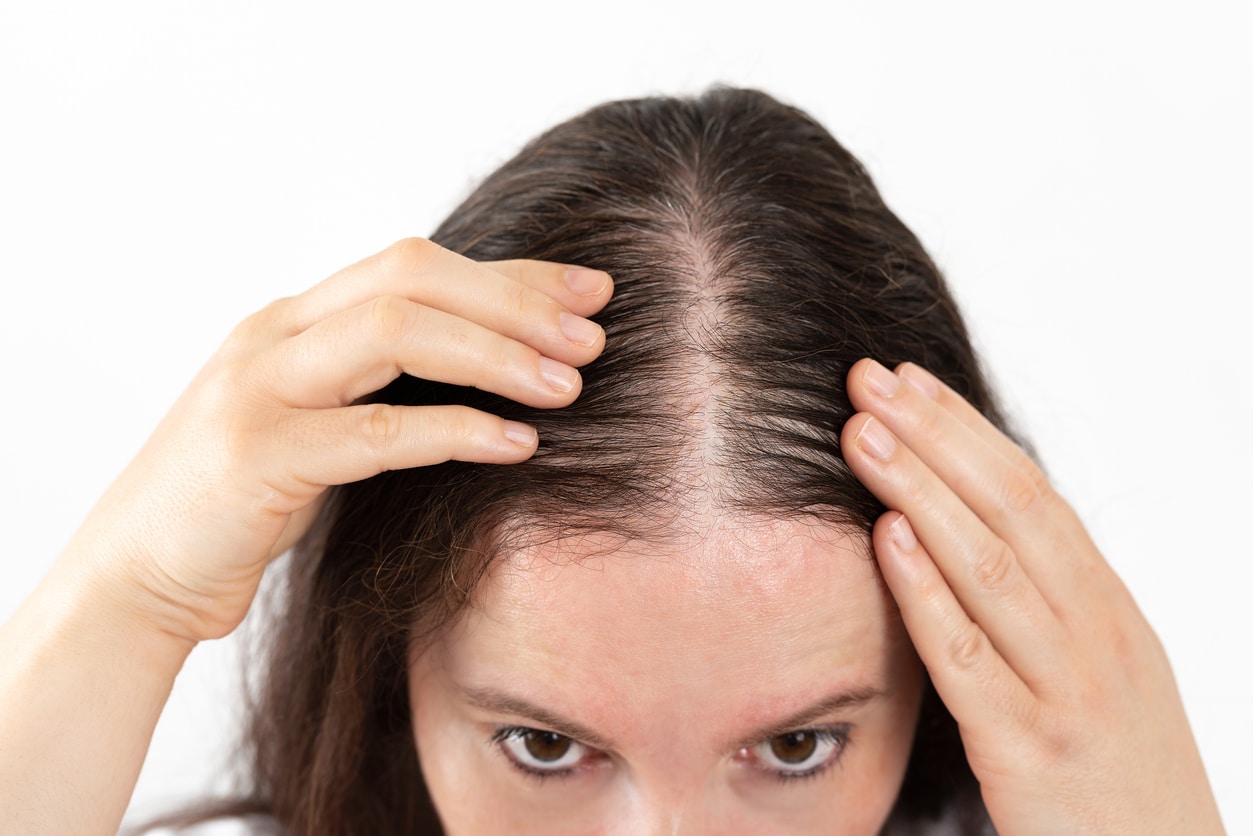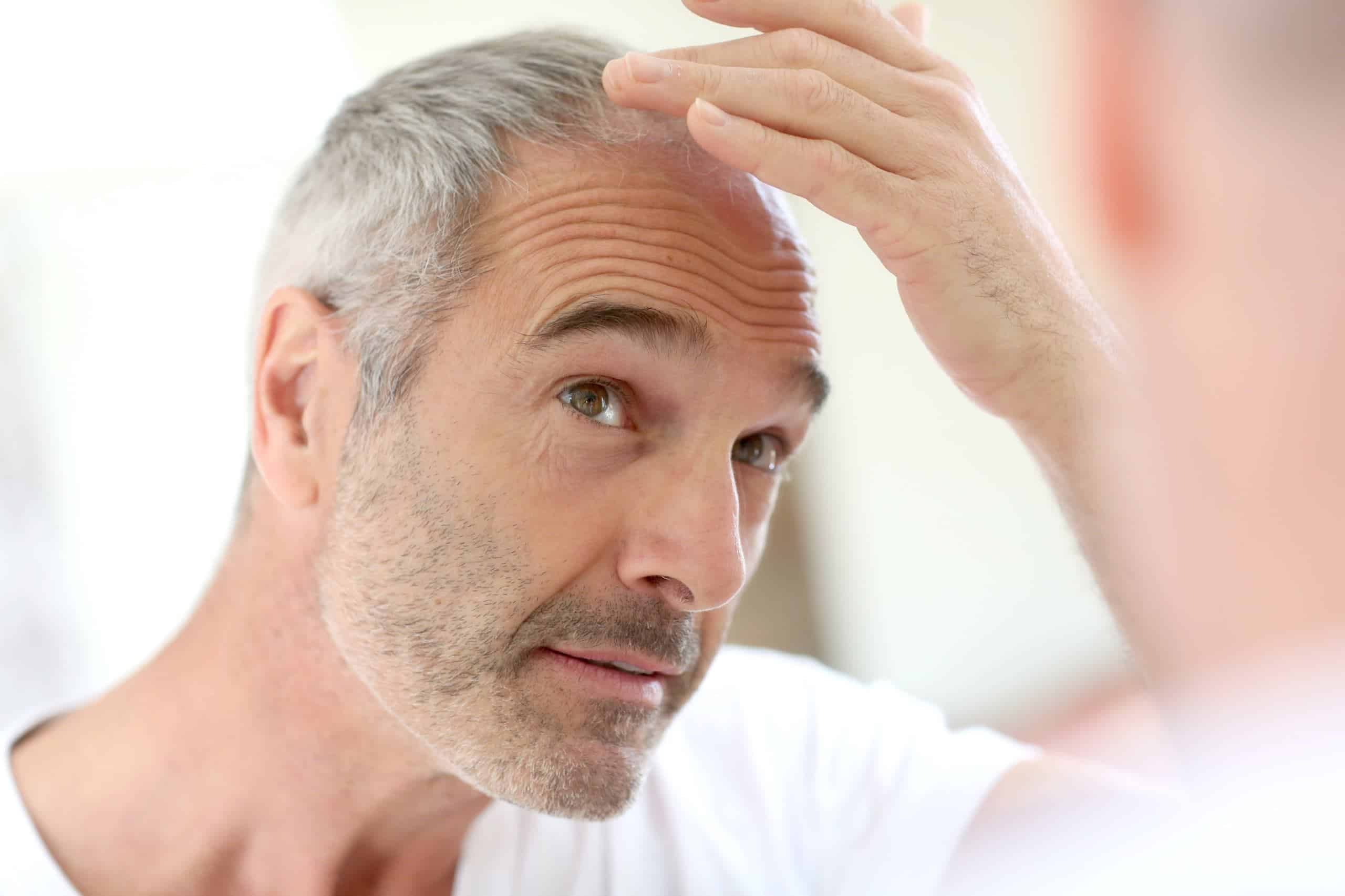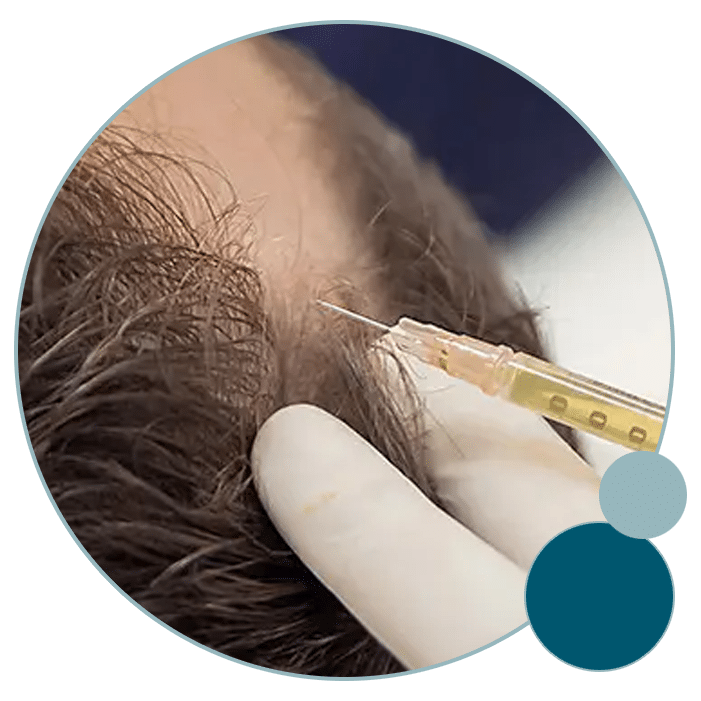

There are a number of factors that can contribute to hair loss, including:

For treating hair loss, PRP contains eight essential protein growth factors that can stimulate dormant hair follicles due to androgenic alopecia and push them into the growth phase. After a series of treatments, many patients achieve 50% or more improvement.